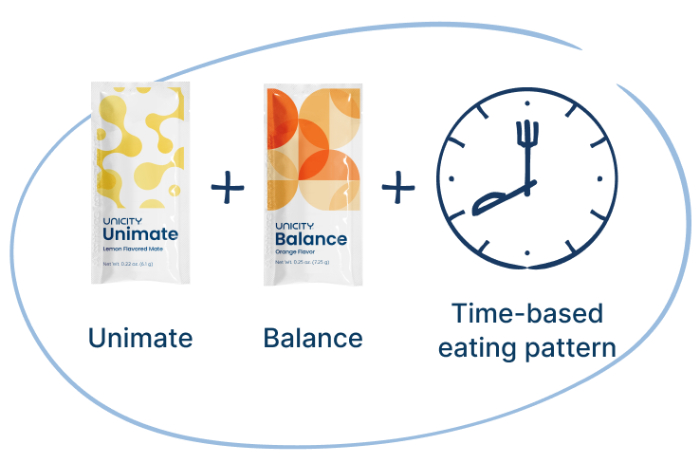Forward finance is an economic layout frequently used in organization to mitigate risks associated with changing prices. In simple terms, it’s a contract between two parties to get or offer an advantage at a predetermined price on another date. Let’s delve in to the thing you need to learn about forward finance :
1. How it Performs:
Forward finance requires two parties: the buyer and the seller. They agree with the next time and a price at that your exchange will occur. This permits equally events to hedge against potential cost changes. As an example, a farmer may enter right into a forward finance agreement to offer their crops at a repaired price to a food company, obtaining revenue no matter industry fluctuations.
2. Modification:
One of the critical features of forward finance is their flexibility. Unlike standardized futures contracts dealt on transactions, forward contracts are customizable. Events may custom terms such as amount, cost, and supply date to accommodate their specific needs. That modification makes forward finance particularly appealing for companies with distinctive requirements.
3. Chance Administration:
Forward finance acts as a risk management tool, supporting organizations mitigate value volatility in commodities, currencies, or economic instruments. By locking in rates in advance, both consumers and vendors can defend themselves from undesirable price movements. That stability can increase preparing and budgeting attempts, fostering higher economic security.
4. Counterparty Risk:
While forward contracts provide advantages, additionally they expose events to counterparty risk. Because these agreements are secretly negotiated, there’s possible this one party may standard on their obligations. To mitigate that chance, events frequently perform complete due diligence on the counterparties and may possibly need collateral or other designs of security.
5. Settlement:
Settlement in forward finance usually occurs on the agreed-upon future date. In those days, the customer gives the predetermined price, and the seller produces the asset. Unlike futures contracts, which are standardized and settled everyday, forward agreements settle at maturity, giving less liquidity but more flexibility.
6. Software:
Forward finance sees programs across different industries. Importers and exporters put it to use to hedge against currency fluctuations, ensuring stable charges for goods traded internationally. Equally, investors may use forward agreements to speculate on potential price activities or to hedge their portfolios against market risks.
7. Regulatory Considerations:
With regards to the jurisdiction, forward finance might be at the mercy of regulatory oversight. Authorities may possibly impose principles to ensure transparency, equity, and balance in financial markets. It’s required for parties participating in forward contracts to comprehend and comply with relevant regulations in order to avoid legitimate and financial consequences.
To conclude, forward finance is just a adaptable tool that permits businesses to control price risks effectively. By providing personalized agreements designed to certain needs, it empowers events to understand erratic markets with confidence.



